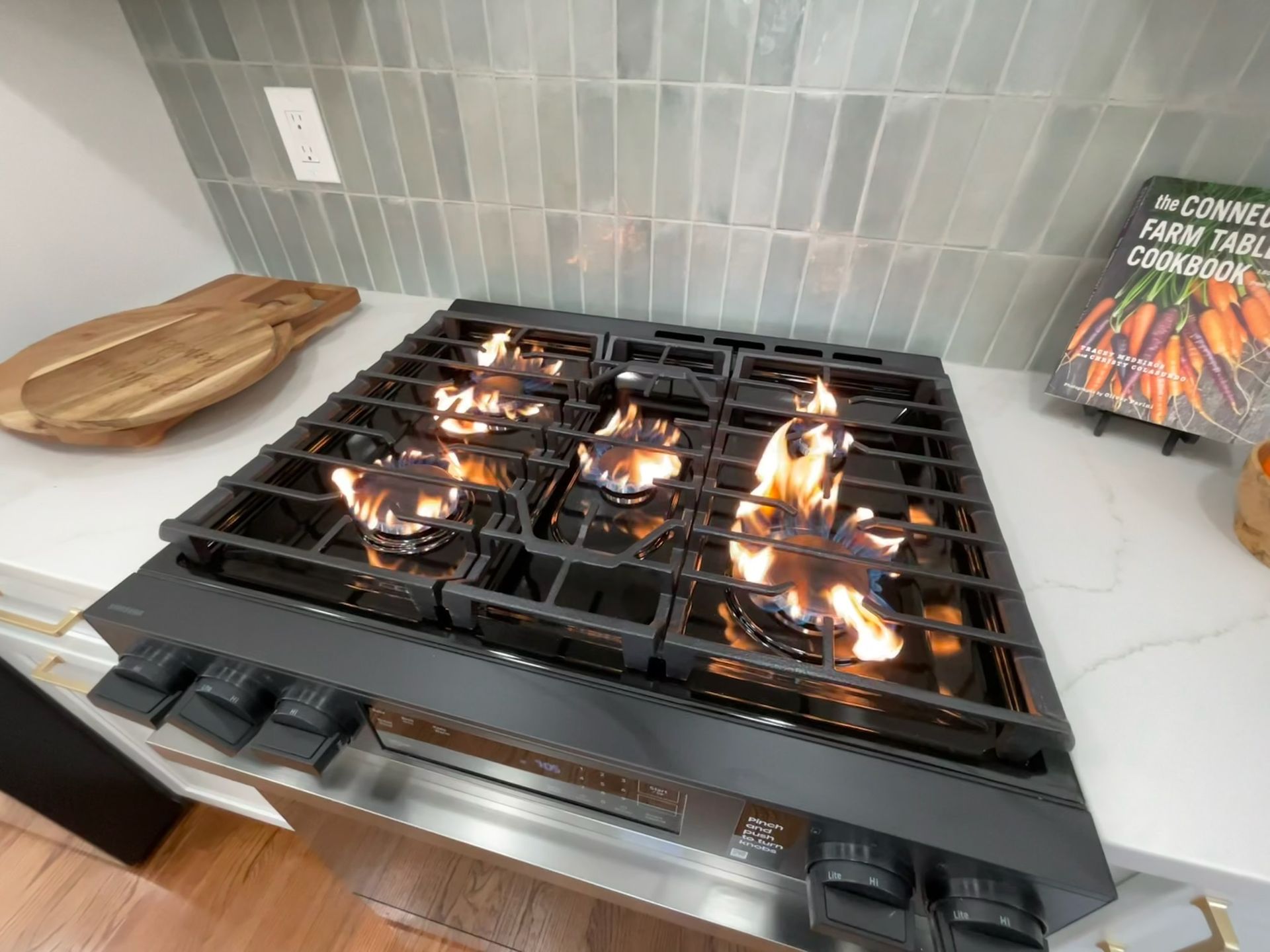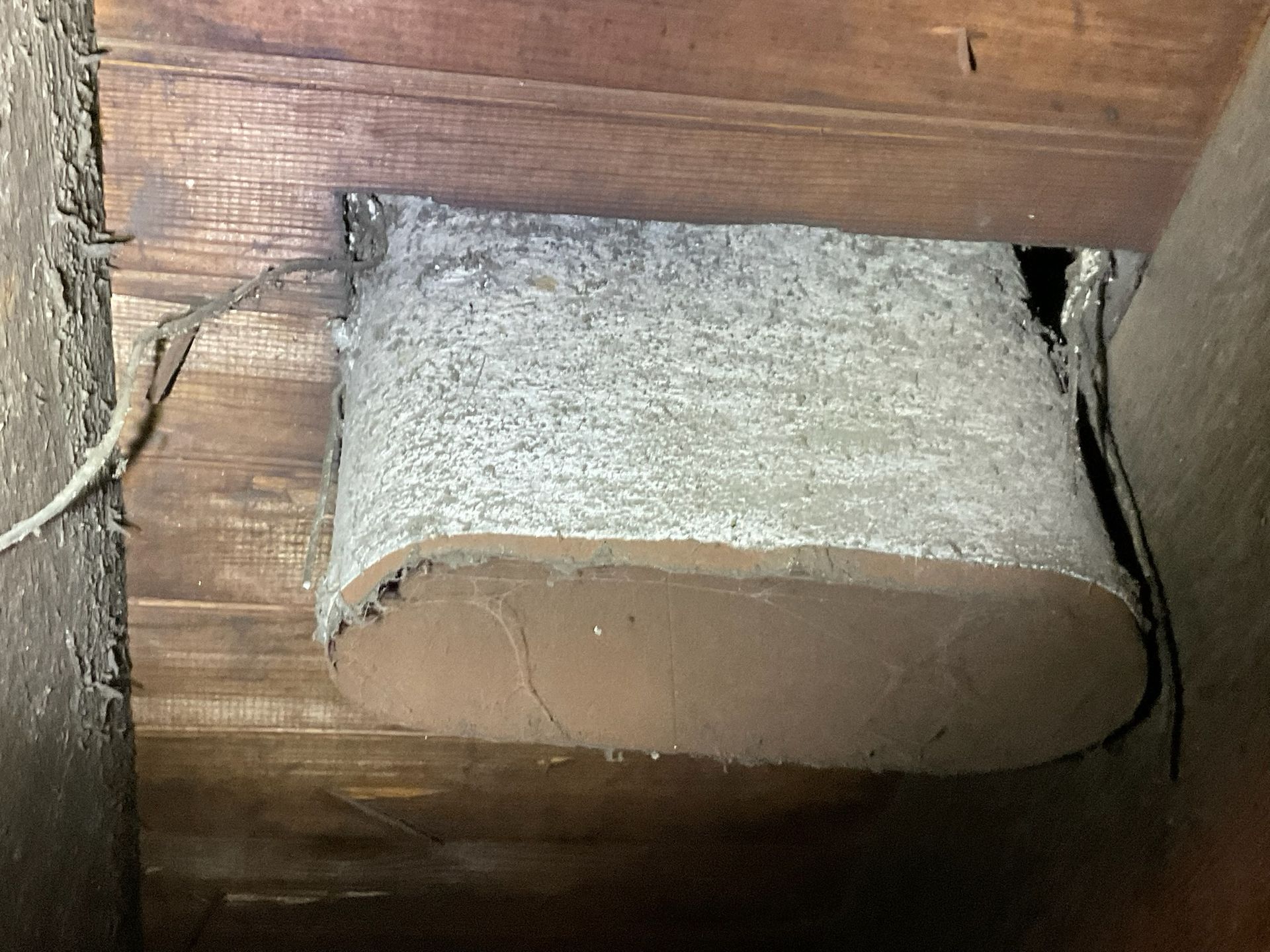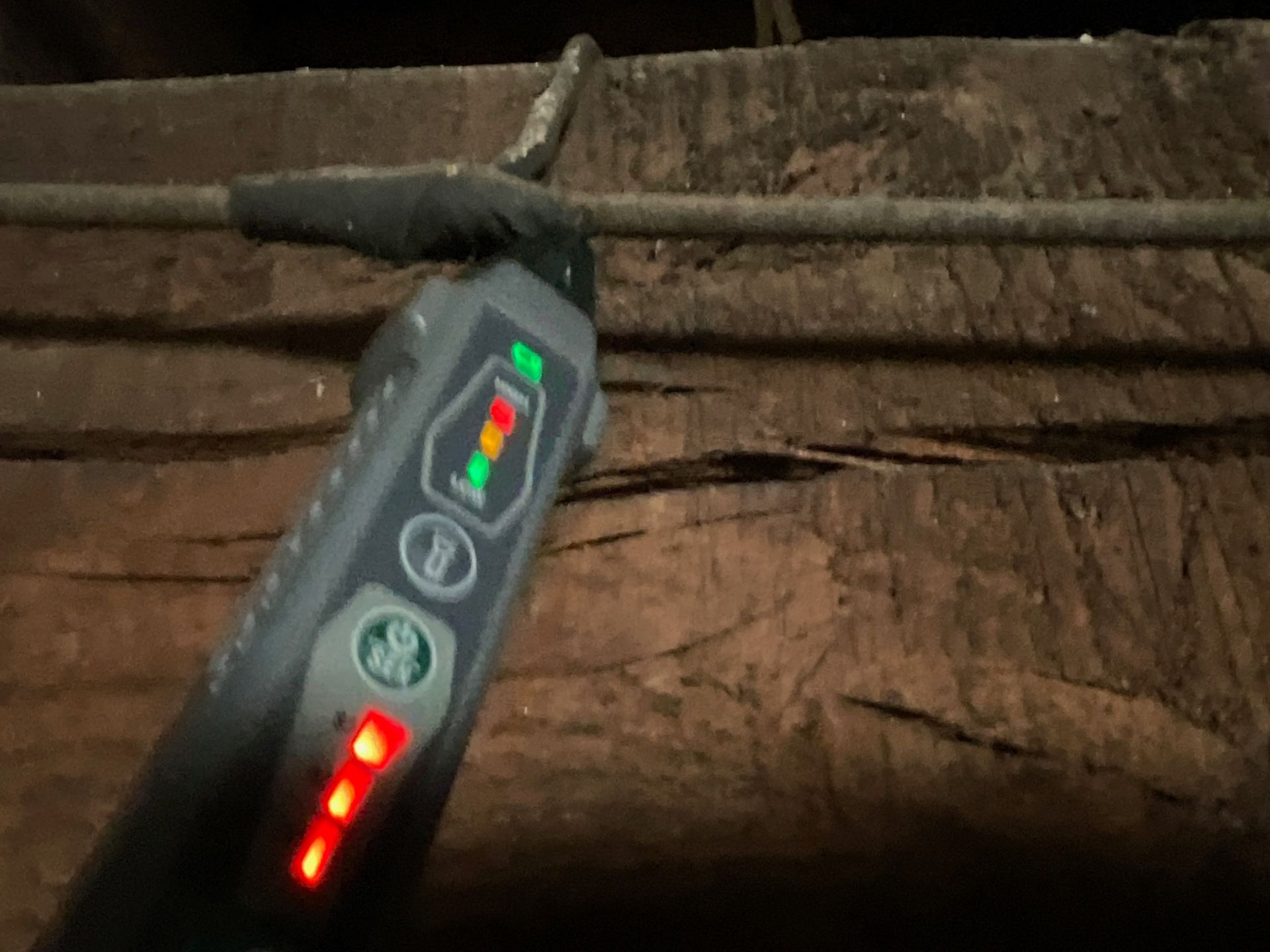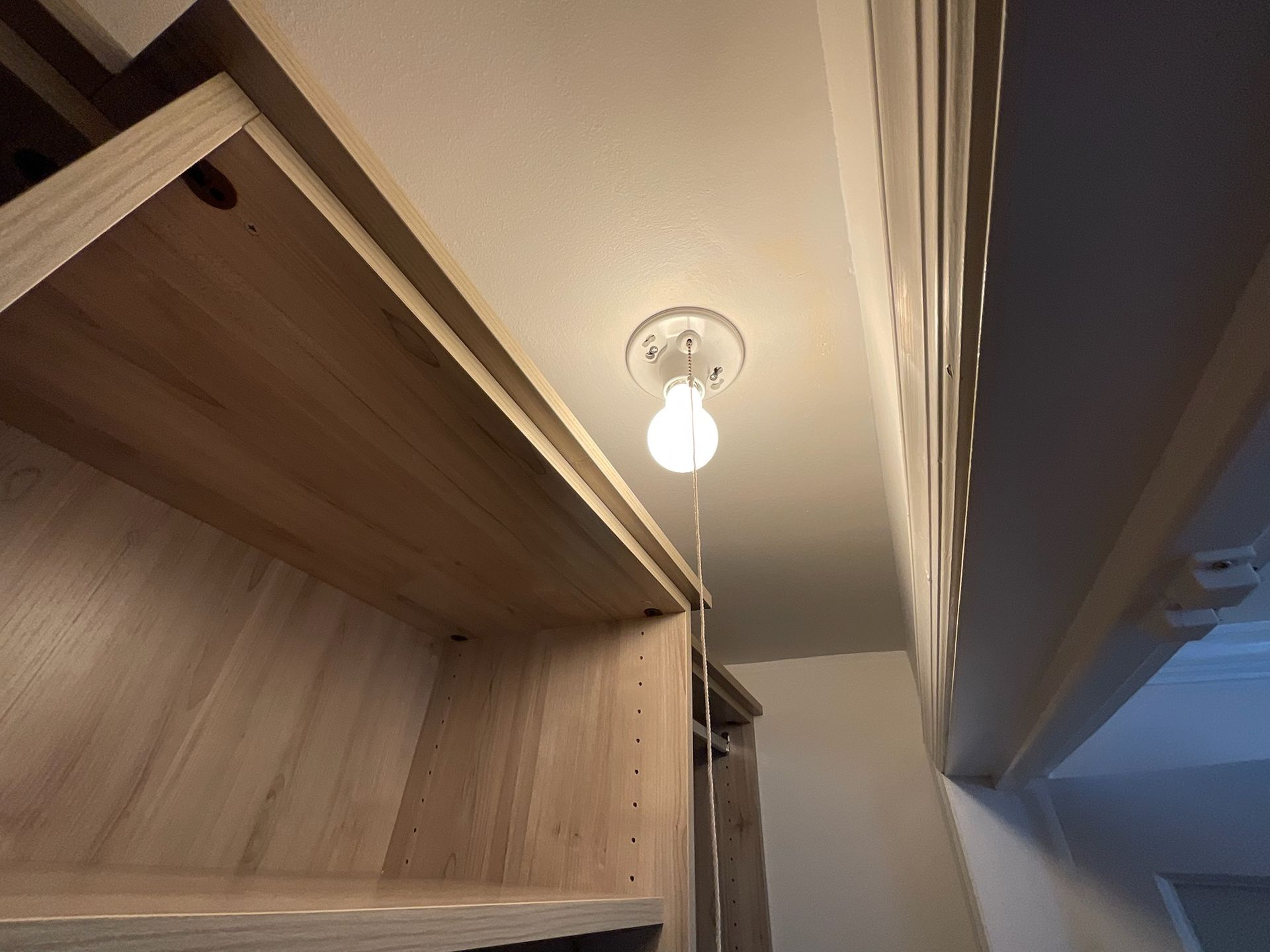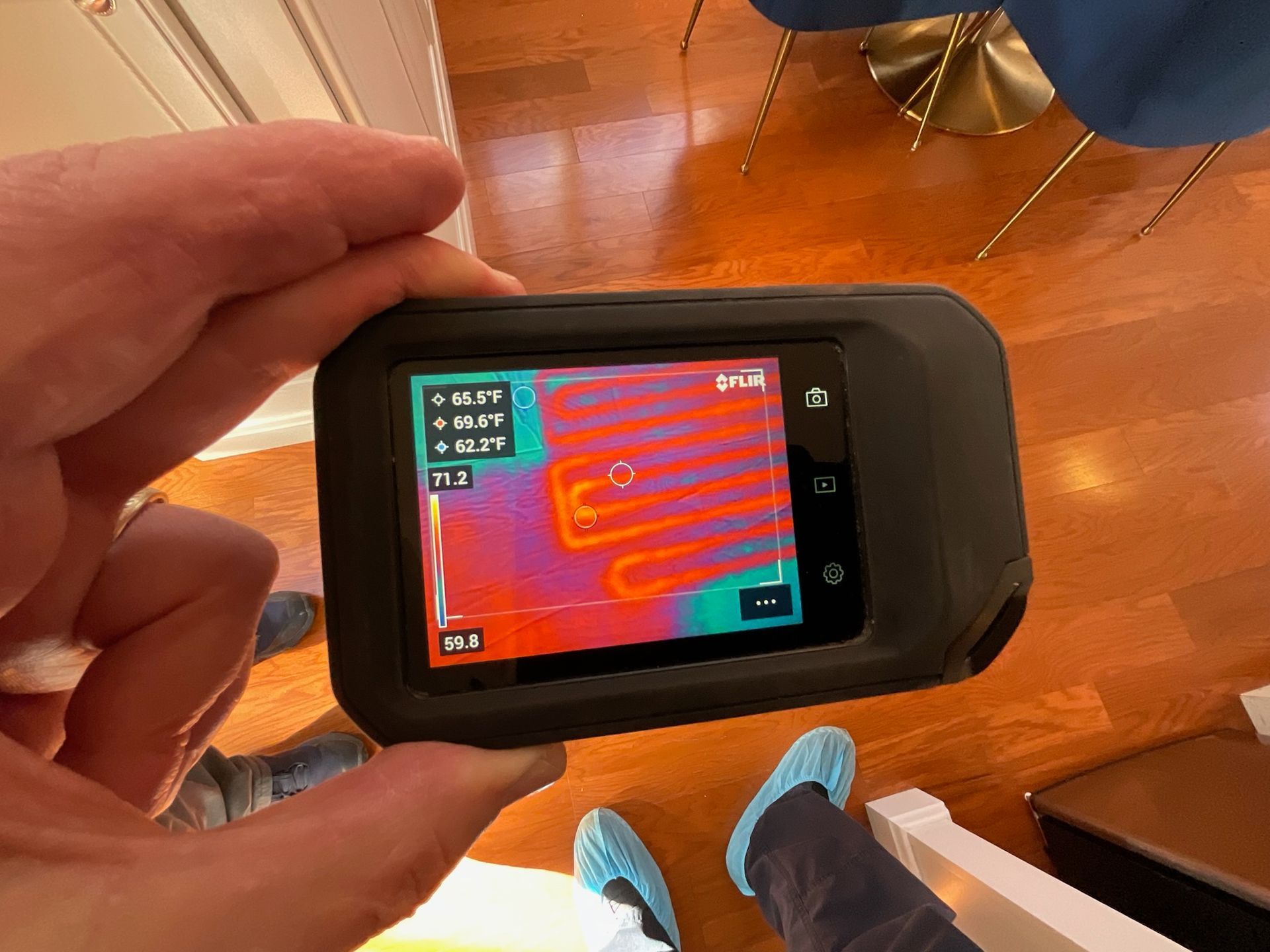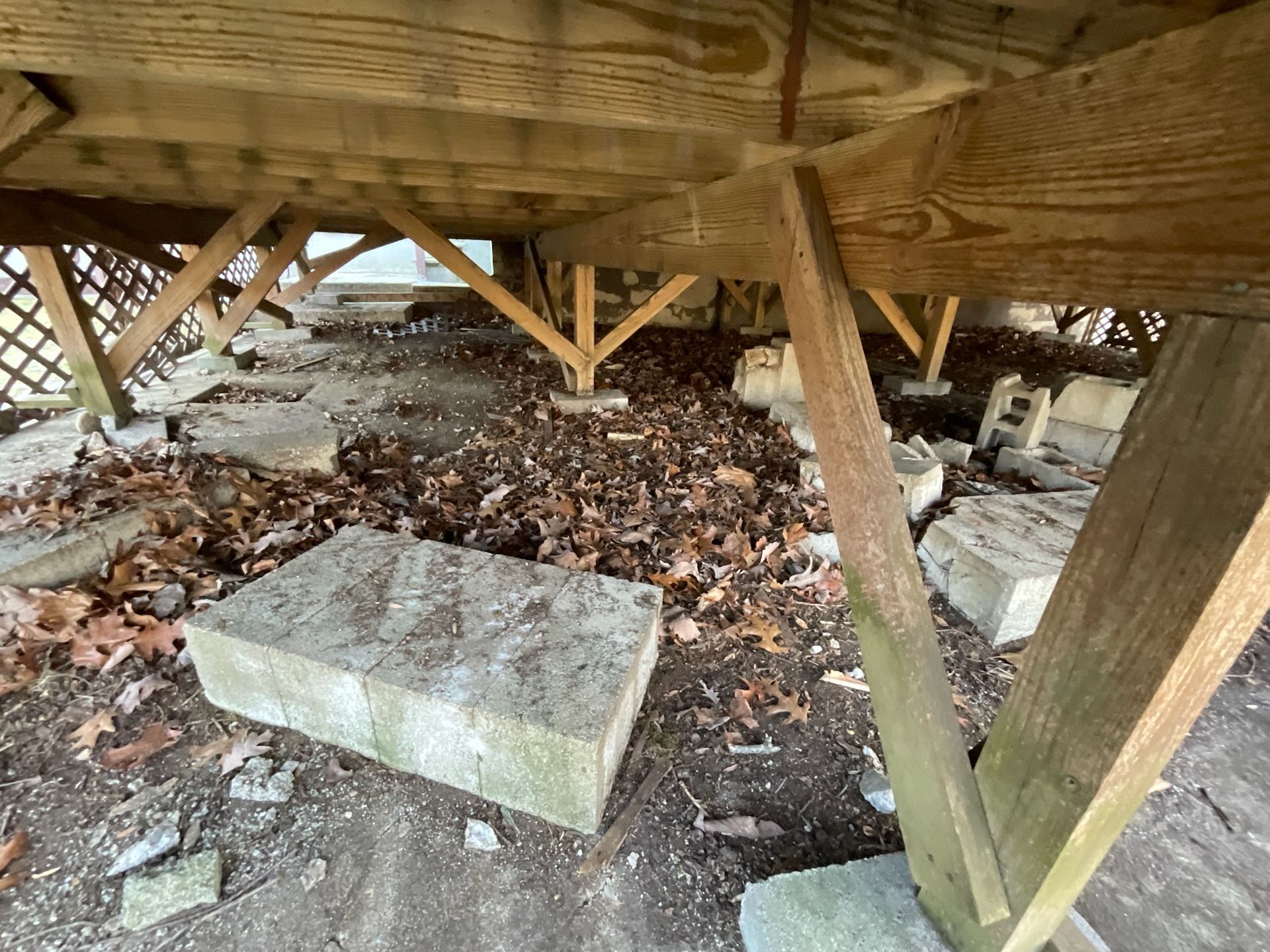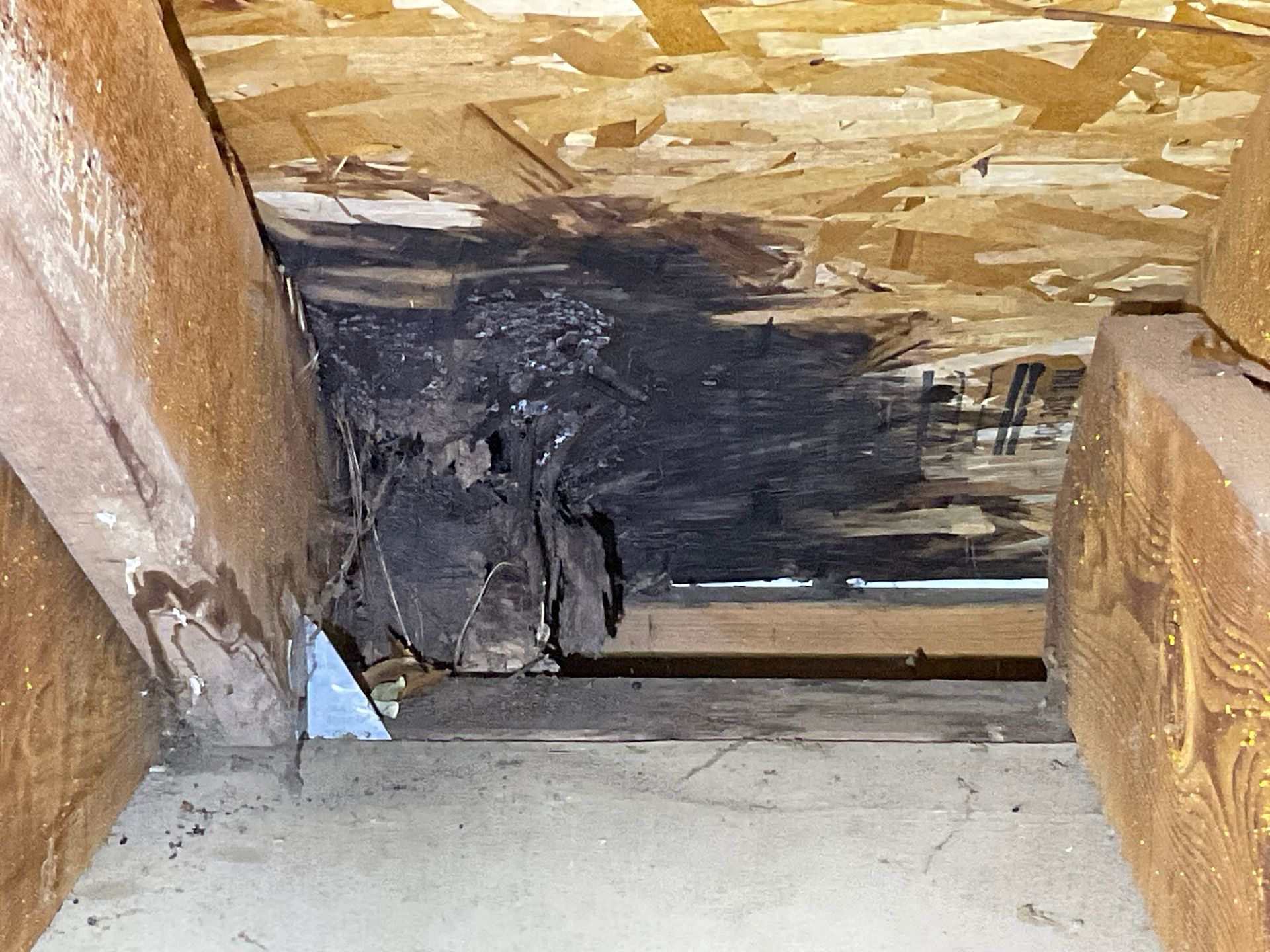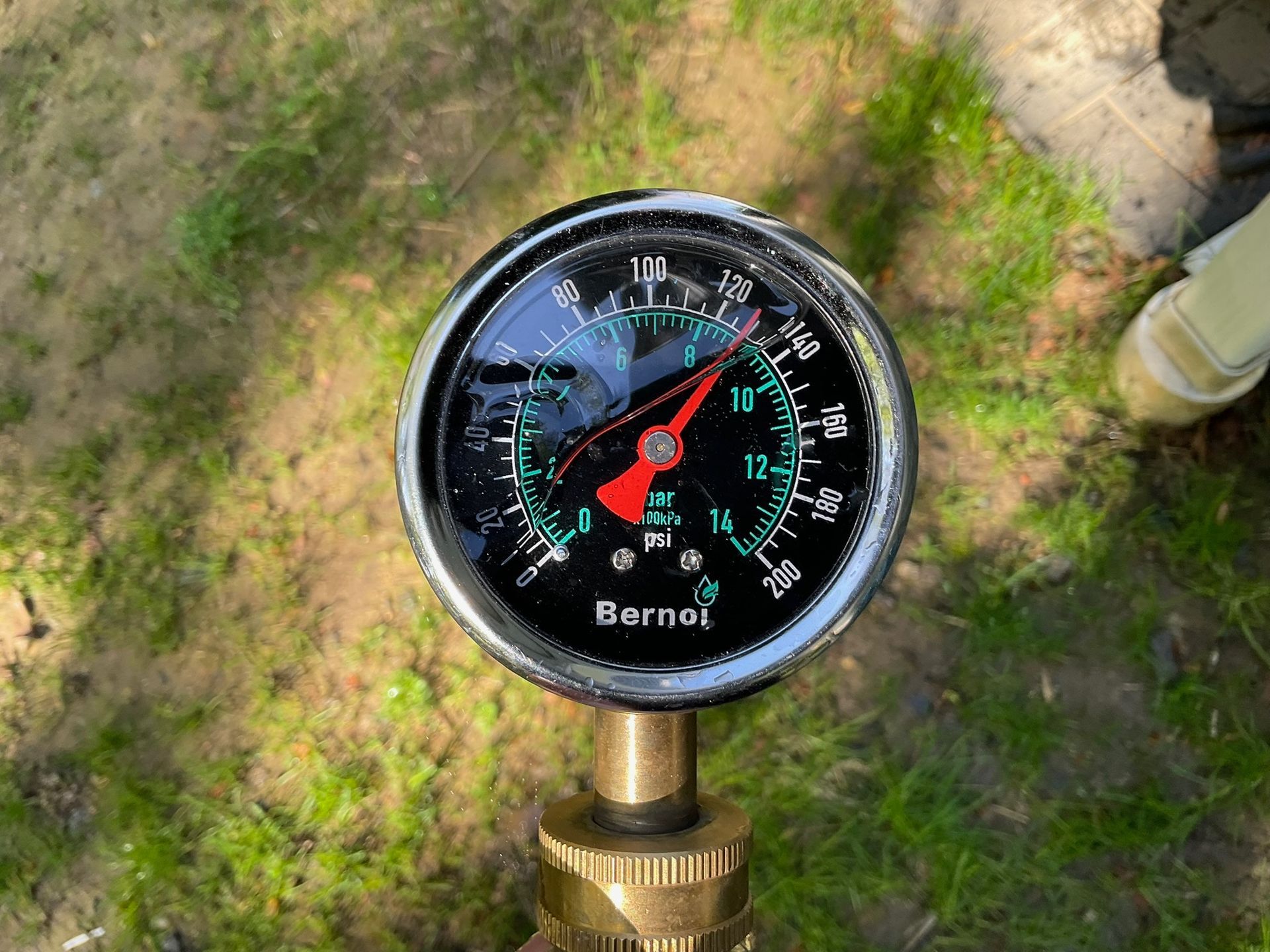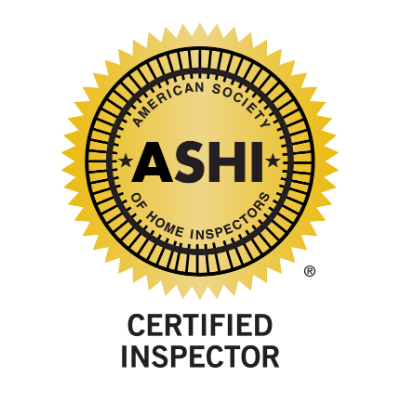by Tom Lochtefeld
•
28 July 2025
Moisture intrusion is one of the most significant threats to the structural integrity of buildings, particularly when it comes to wood components. When wood is exposed to consistent or excessive moisture—due to leaks, poor drainage, or high humidity—it creates the perfect environment for wood rot. Wood rot is typically caused by fungi that thrive in damp conditions, breaking down the cellulose and lignin that give wood its strength and rigidity. Over time, this degradation weakens structural elements like beams, joists, and framing, potentially leading to warping, sagging, or even collapse if left unchecked. Beyond compromising the physical structure, wood rot and moisture issues can also lead to broader building system failures. Moisture can spread to other materials, such as drywall and insulation, reducing their effectiveness and contributing to mold growth. Mold and mildew flourish in damp environments and can infiltrate HVAC systems, spreading spores throughout the building. These systems may also become less efficient due to the added humidity, leading to increased energy costs and difficulty maintaining comfortable indoor conditions. The health concerns related to moisture and wood rot are especially troubling. Mold spores and mycotoxins released into the air can trigger respiratory problems, allergic reactions, and aggravate conditions like asthma, especially in children and the elderly. Long-term exposure to damp and moldy environments can also contribute to more serious health issues, including chronic sinus infections and skin irritations. Because these effects often develop gradually, building occupants may not immediately connect their symptoms to the underlying moisture problem, allowing the damage to continue unnoticed. Regular inspections and timely repairs are crucial to maintaining both structural safety and indoor air quality.
